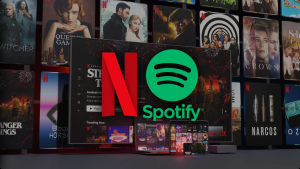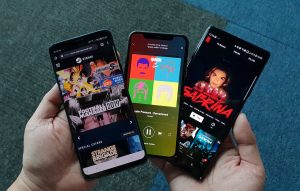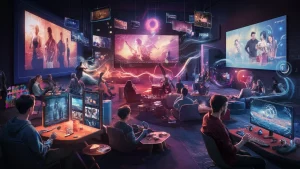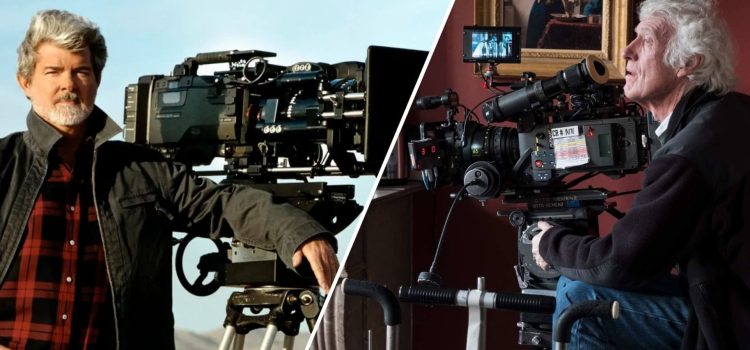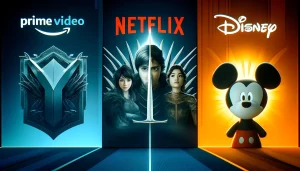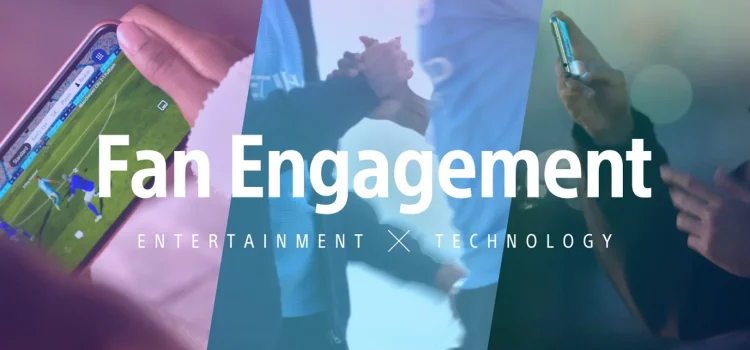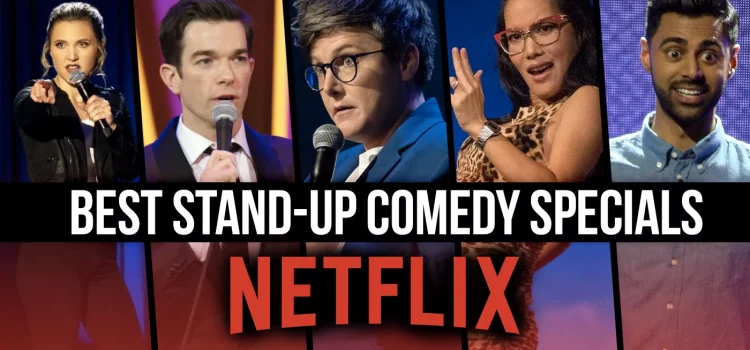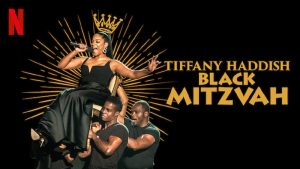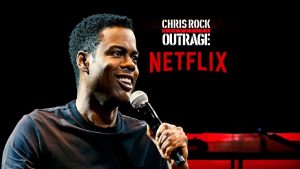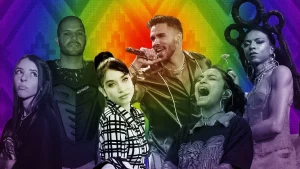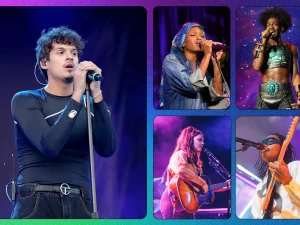
Introduction
The rise of internet radio broadcasting has revolutionized the way people listen to audio content. Over the past two decades, traditional radio has faced stiff competition from internet-based platforms. This shift has brought significant changes to listener habits, broadcasting technology, and content delivery.
What is Internet Radio Broadcasting?

Internet radio broadcasting streams audio over the internet instead of using AM or FM frequencies like traditional radio. It provides a wider range of channels, flexible access, and personalized content, attracting listeners worldwide. Platforms such as Spotify, Pandora, and iHeartRadio have made Internet radio increasingly popular.
Growth of Internet Radio Platforms

Recently, many new platforms for Internet radio have appeared. These platforms offer all kinds of stations, from music to news and sports, to suit different tastes.
Services like Pandora, iHeartRadio, and TuneIn make it easy to find what you enjoy, no matter where you are. These platforms have made Internet radio a big part of daily life. You can listen at home, in the car, or while traveling, making it a very convenient choice.
Audience Reach and Global Access

One big advantage of Internet radio is that it can reach people all over the world. Regular radio only works in certain areas, but Internet radio is available to anyone with an internet connection.
This lets listeners enjoy stations from different countries and cultures, giving them access to more content than they might find nearby. Whether you’re in the U.S. or a remote location, you can listen to the same stations, making Internet radio a global way to connect.
Impact on Music Discovery

Internet radio has played a big role in music discovery. While traditional radio often focuses on popular hits, Internet radio gives lesser-known artists a chance to be heard and grow their fanbase.
Platforms like Spotify and Pandora offer “discovery” features, helping listeners find new songs and artists based on their tastes. This has allowed indie musicians and smaller labels to reach audiences that might not have been possible through traditional radio. As a result, Internet radio has become a key tool for artists to promote their music worldwide.
Traditional Radio’s Adaptation to Digital Trends

Although Internet radio is growing, traditional radio isn’t disappearing. Many traditional stations now stream their shows online, letting listeners tune in through the internet. Some even have their own apps to make access easier from anywhere.
By adapting to digital trends, traditional radio is staying relevant in a world that loves on-demand content. These stations combine the local charm of traditional radio with the convenience of Internet radio, creating a hybrid model that appeals to many listeners.
Internet Radio and Podcasting Integration
A rising trend is the blend of Internet radio and podcasting. Many Internet radio stations now offer podcasts, so listeners can catch up on missed shows or enjoy content whenever they want.
Podcasts are great for people who prefer specific topics or shows on demand. By offering both live radio and podcasts, Internet radio gives listeners more choices. This mix expands what people can enjoy, making Internet radio even more versatile.
The Role of Artificial Intelligence in Internet Radio

Artificial intelligence (AI) is becoming more important in Internet radio. It helps recommend songs or shows based on what a listener likes. Over time, Internet radio platforms learn users’ preferences and adjust the experience to match their tastes.
AI is also used to create playlists, manage music libraries, and even assist with advertising. As technology improves, AI will make Internet radio even more personalized and efficient for both listeners and broadcasters.
The Rise of Voice-Activated Devices
Voice-activated devices like Amazon Alexa and Google Home are making Internet radio easier to access. Users can simply say what they want to hear, and the device plays it right away. This convenience allows people to tune into favorite stations or explore new ones without searching manually.
Voice-activated technology has brought together the familiarity of traditional radio and the ease of Internet radio, making the experience more user-friendly for everyone.
Internet Radio’s Impact on Traditional Advertising

As Internet radio grows, it’s changing how advertising works. Traditional radio often uses broad ads for everyone, but Internet radio uses targeted ads that match each listener’s interests.
For example, someone who listens to sports talk shows might hear ads for sports equipment. This way, advertisers can reach the right people, and the ads feel more relevant and interesting to listeners.
Global Collaboration Among Internet Radio Stations
A growing trend in Internet radio is global collaboration. Stations are now working together, sharing content, and broadcasting shows across countries. This creates a worldwide network, giving listeners access to a broader range of content.
For example, someone in the U.S. can enjoy a talk show from the UK or listen to music from South Korea. These collaborations help connect people from different cultures, making Internet radio a truly international platform.
The Future of Internet Radio Broadcasting

The future of Internet radio looks bright. As technology advances, we can expect better sound quality and even more personalized content. Integration with smart devices and voice assistants will make it easier to access stations and playlists. Internet radio will keep growing in popularity, offering a more interactive experience for listeners.
However, it will also need to tackle challenges like making money while balancing free and paid content. We’ll likely see more collaboration between traditional and Internet radio, creating a richer experience for everyone.
Comparative Analysis: Internet Radio vs Traditional Radio
The following table compares key aspects of internet radio and traditional radio:
| Aspect | Internet Radio | Traditional Radio |
|---|---|---|
| Accessibility | Global access via the internet | Limited to specific regions |
| Content Variety | Extensive genres, podcasts, shows | Limited to fixed programming |
| Personalization | High (custom playlists) | Low (one-size-fits-all content) |
| Interactivity | Interactive features, comments | Minimal interaction |
| Advertising | Targeted ads based on user data | General ads for mass audiences |
| Devices Required | Smartphones, PCs, smart speakers | AM/FM radios |
| Listener Trends | Growing, especially among youth | Declining, older demographics |
Analysis Table: Impact of Internet Radio Broadcasting
| Factor | Impact on Traditional Radio | Impact on Internet Radio |
| Listener Engagement | Decreasing | Increasing |
| Technology Adoption | Limited | Advanced |
| Revenue Generation | Declining | Rising |
| Content Accessibility | Restricted to regions | Available globally |
| Cost of Broadcasting | Higher infrastructure costs | Lower operational costs |
| Content Flexibility | Fixed programming schedules | On-demand and flexible |
Conclusion
In conclusion, Internet radio has greatly influenced traditional radio, bringing both new opportunities and challenges. It offers listeners a more flexible, personalized, and global way to enjoy music, news, and talk shows. While it faces hurdles like licensing and competition, Internet radio has become a major force in broadcasting.
As technology, artificial intelligence, and voice-activated devices advance, Internet radio will keep evolving. Meanwhile, traditional radio remains important for its local focus and strong community ties. Together, both forms of radio will continue to coexist and shape the future of broadcasting.










